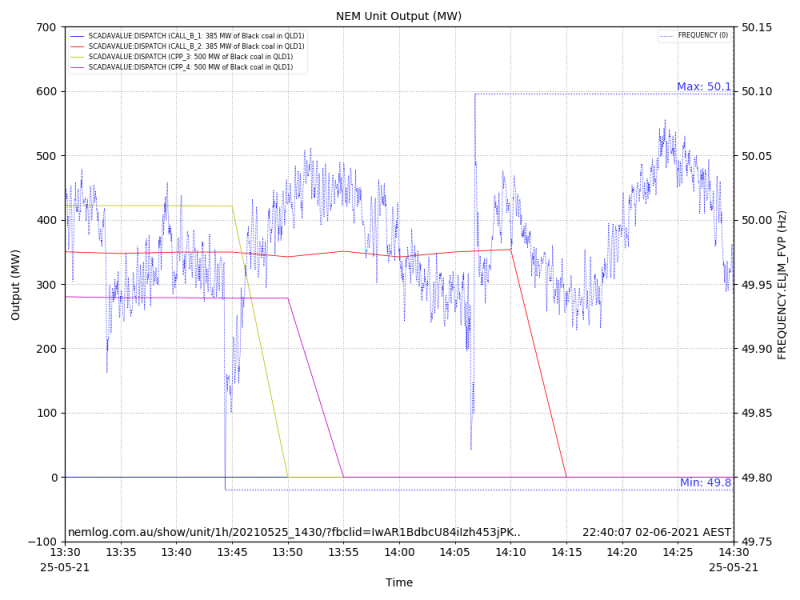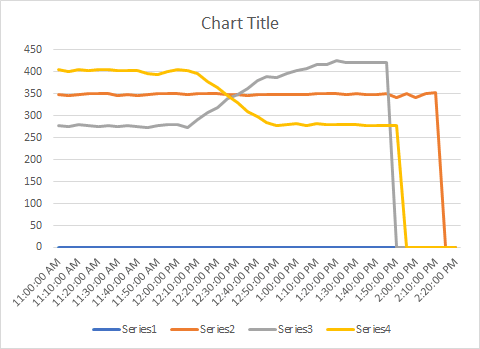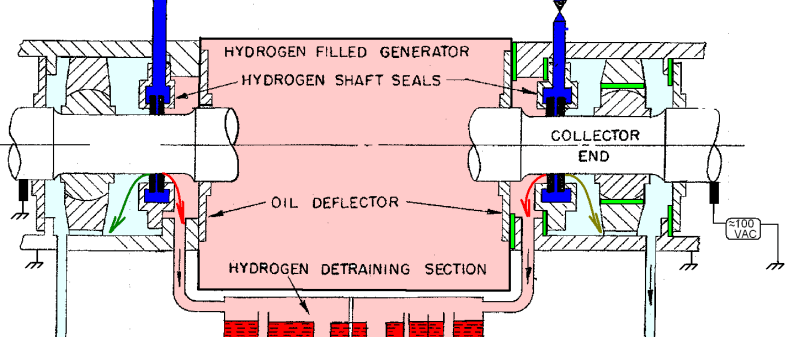What is the likely cause?
CS Energy, which runs Callide Power Station Queensland AU), said there was a fire in one of the plant's turbines.
"That tripped the other three units, that then was a serious reduction to generating capacity in Queensland," CS Energy chairman Jim Soorley said.
The station was evacuated and a 550-metre exclusion zone put in place as fire crews worked to extinguish the blaze.
CS Energy, which runs Callide Power Station Queensland AU), said there was a fire in one of the plant's turbines.
"That tripped the other three units, that then was a serious reduction to generating capacity in Queensland," CS Energy chairman Jim Soorley said.
The station was evacuated and a 550-metre exclusion zone put in place as fire crews worked to extinguish the blaze.



![[thumbsdown] [thumbsdown] [thumbsdown]](/data/assets/smilies/thumbsdown.gif)
